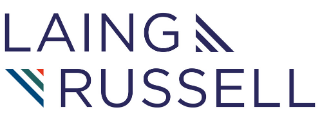Posts Tagged ‘digital’
Enterprise Architecture by Design
It has been a very useful process for us taking Enterprise Architecture (EA) as our theme this month. Not least because its given us the opportunity to review what we have been doing, what we have noticed about what really adds value from doing EA and to consider what’s next. Especially as the rhetoric that…
Read MoreIntelligent Governance – Key to value from AI
We have been holding back on an insight on AI. It felt like a bandwagon not worth jumping on, nor lamely exploiting in pursuit of clicks. Yet we have thoughts, as experienced practitioners in how digital technology delivers value we have insight we thought we would share. If only to clarify for ourselves our position.…
Read MoreWhat’s the Point? Getting Strategy Right
Prompted by reading and reflecting on a recent article “Getting strategy wrong and how to do it right instead” published in McKinsey Quarterly, we concluded that the best place to start is with the “what’s the point” question. Real, open, informed discussions amongst senior leaders are essential if you are going to get strategy right.…
Read MoreDeveloping key relationships to enable delivery of value
A recent article in Harvard Business Review identified four elements of the playbook that differentiates organisations that deliver class-leading productivity improvement. The ability to capture value from digitisation was the first of the playbook’s elements. Based on cross sector research by a team from McKinsey, the playbook’s other elements were “investing in intangibles”, “building a…
Read MoreConnecting to Value
In our experience, focusing and motivating your teams to deliver value for your organisation remains one of the most considered challenges for leaders. Especially doing it in a way that works. In a way that is both efficient and effective. We know that sustaining teams and individuals to do the right thing is critically important…
Read More


